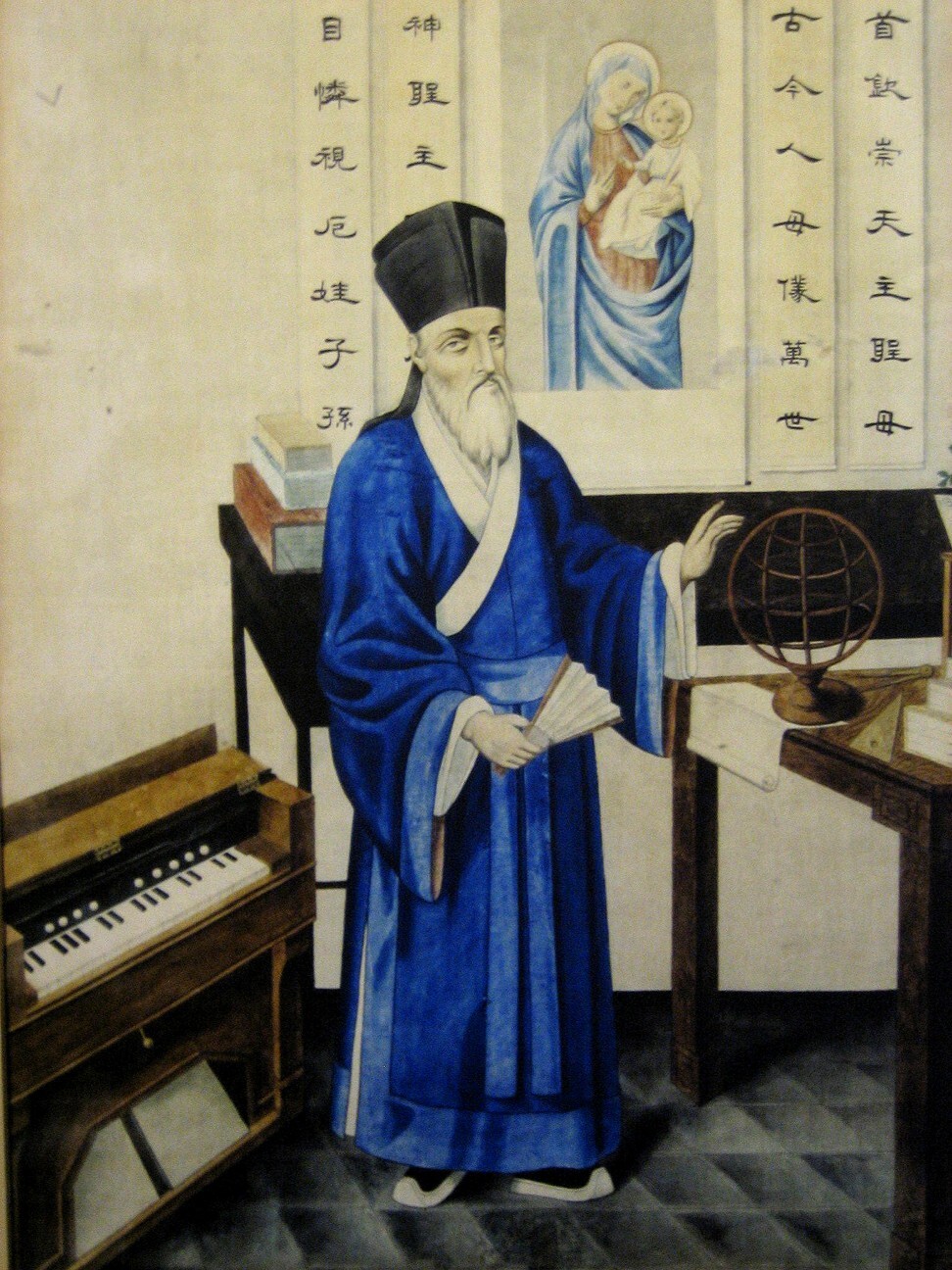
The bay area city of Zhaoqing was once home to the Italian Jesuit priest Matteo Ricci, who drew the first modern Chinese map of the world
- The city traces its history back to at least the 7th century, when it was an important military centre known as Gaoyao under the Southern Sui dynasty
- Ricci worked in Zhaoqing for six years, during which he and a fellow Jesuit compiled the very first dictionary between Chinese and a Western language, in this case Portuguese
The city, with a population of 4.2 million people including 1.7 million in the city centre, according to 2019 government data, traces its history back to at least the 7th century, during which time it was an important administrative and military centre known as Gaoyao under the Southern Sui dynasty.

On the Christian Expedition Among the Sinae, published in 1615 from the Italian manuscript of the Jesuit Matteo Ricci, describes tips about Zhaoqing written by travellers based in the former Portuguese colony of Macau.
The Jesuits’ very first mission house in China was established in Zhaoqing, and Ricci – who was a skilled cartographer – drew the first modern Chinese map of the world called the Yudi Shanhai Quantu in 1584 in Zhaoqing.

A series of bibliographies and catalogues were subsequently published from Ricci’s work in Zhaoqing, including the Ricci Dictionary of Chinese Plants in 2005 and the Ricci Dictionary of Chinese Law in 2018.
Ricci’s seminal achievement in China was also a controversial one. His map of the world showed China as one country among many others, unlike Chinese cartography of the day that showed the country in the centre – hence China’s name Zhongguo, or the Middle Kingdom – being surrounded by small vassal states. Scholars and local authorities of Zhaoqing were open-minded enough to accept Ricci’s work, and the district head and Matteo’s friend Wang Pan had many copies of the map distributed.
Ricci lived in China for 27 years, where his books were widely read by the elite. He never returned to Europe and is buried in Beijing, and the only descriptions of his life were his reports to his superiors, kept in the archives of the Society of Jesus, as the Jesuits’ order was called.

Linked by a network of expressways and high-speed rail, Zhaoqing is less than two hours from Hong Kong by train, and four hours by express coach. A Kowloon-Zhaoqing return ticket on the high-speed train costs HK$551, while the express coach costs HK$209.
But there’s not just antiquities and tourism in Zhaoqing. The city has focused its industrial development and investments drive on electric vehicles and attracting technology start-ups.
Xpeng, one of the half-dozen electric vehicle makers seeking to challenge Tesla for supremacy in China, has established its own factory in Zhaoqing. The company, which raised US$1.7 billion last month in New York, obtained a production license for its 10 billion yuan plant, where it makes its P7 all-electric sports sedan, with the capacity to assemble 100,000 vehicles a year.
Xpeng’s plant, located in the 500-square kilometre Zhaoqing New District, will generate jobs in the city, including staff from Hong Kong, for whom a weekend commute is within reach.
Travel bubbles “will allow us to resume our business activities as quickly as possible, and help tourism, retail, catering and other industries and related employees increase their income,” according to Hong Kong’s Financial Secretary Paul Chan Mo-po, who said he had been a frequent business and leisure visitor to Zhaoqing.

